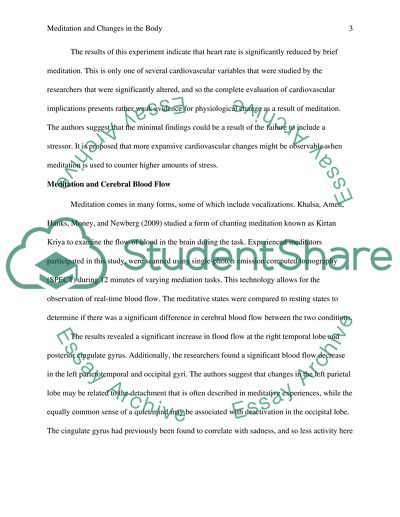Cite this document
(“Are the claimed beneficial effects of meditation reflected in Research Paper”, n.d.)
Are the claimed beneficial effects of meditation reflected in Research Paper. Retrieved from https://studentshare.org/psychology/1433760-address-the-following-question-are-the-claimed
Are the claimed beneficial effects of meditation reflected in Research Paper. Retrieved from https://studentshare.org/psychology/1433760-address-the-following-question-are-the-claimed
(Are the Claimed Beneficial Effects of Meditation Reflected in Research Paper)
Are the Claimed Beneficial Effects of Meditation Reflected in Research Paper. https://studentshare.org/psychology/1433760-address-the-following-question-are-the-claimed.
Are the Claimed Beneficial Effects of Meditation Reflected in Research Paper. https://studentshare.org/psychology/1433760-address-the-following-question-are-the-claimed.
“Are the Claimed Beneficial Effects of Meditation Reflected in Research Paper”, n.d. https://studentshare.org/psychology/1433760-address-the-following-question-are-the-claimed.


